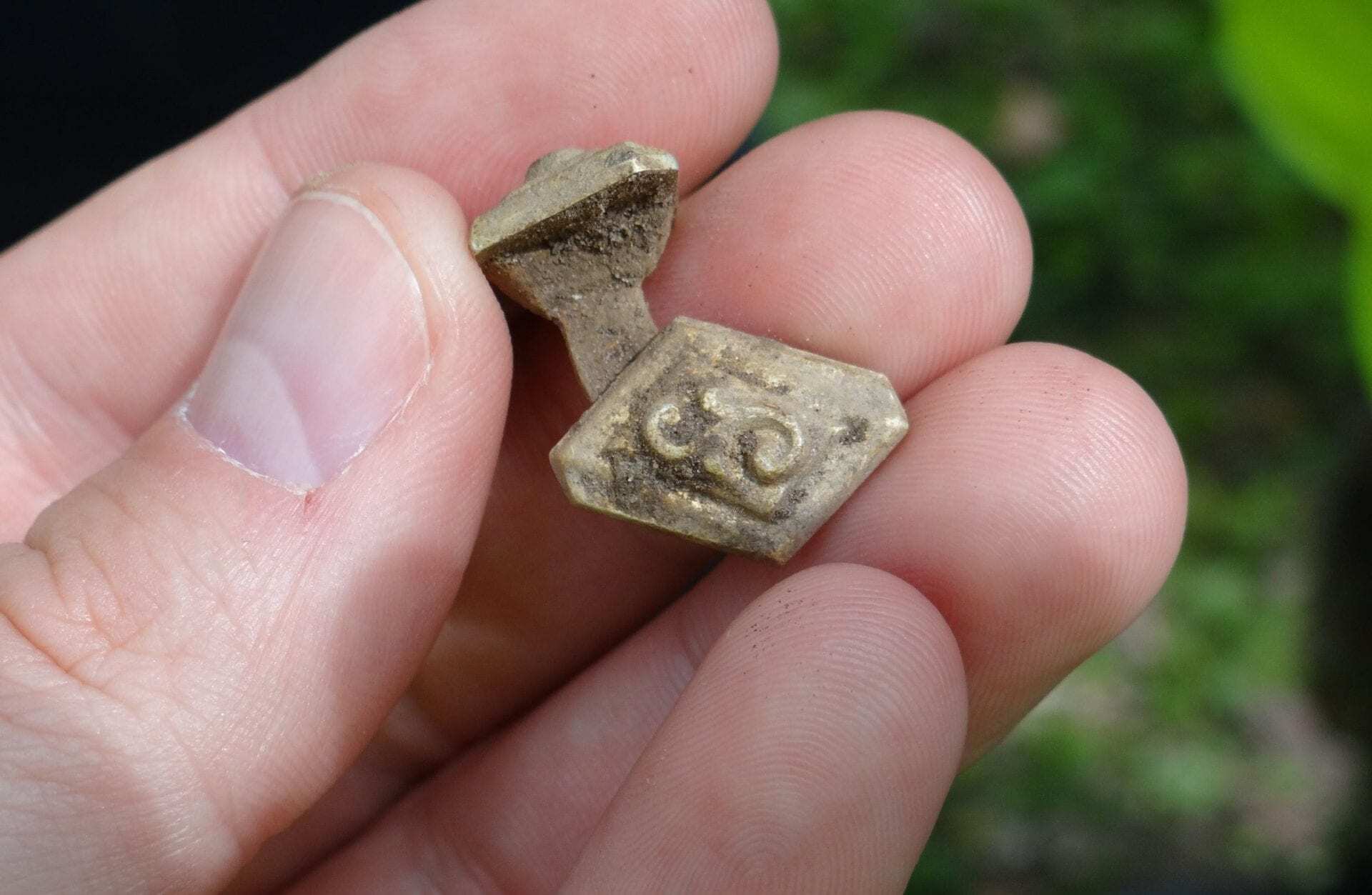Death Valley is the name given to a site in Chjnice, Poland where the Nazis carried out executions during World War Two.
It is estimated that the German SS and collaborating Police shot around 1000 individuals as part of an “action against the intelligentsia” at the site. From the beginning of the German occupation in Poland, Chjnice was witness to many atrocities inflicted on its local inhabitants.
In 1939, 208 psychiatric patients, 40 civilians and a priest were murdered. This was followed by a series of systematic killings against the Poles and Jews in the city and surrounding villages.
According to Dr. Dawid Kobiałka, from the Institute of Archaeology and Ethnology Polish Academy of Sciences, the bodies of the victims were thrown into shooting ditches and many burnt to hide the evidence. The Germans tried to keep the executions hidden from public knowledge, but the residents of Chjnice were certainly aware and coined the name “Death Valley”.
As part of a new project, funded by the Ministry of Culture and National Heritage, archaeologists are trying to locate the shooting ditches by using airborne LiDAR (light detection and ranging), ethnographic methods, analysing historical aerial photographs, satellite imagery and field surveys.
At the beginning of May 2020, an exploratory team went to the site and found shells of various caliber, clothing buttons and a fragment of a medal.
“We hope that such finds will help us in the precise location of the shooting ditches – adds Kobiałka.
Archaeologists plan to start limited excavations in August 2020.
Header Image Credit : D. Kobiałka





